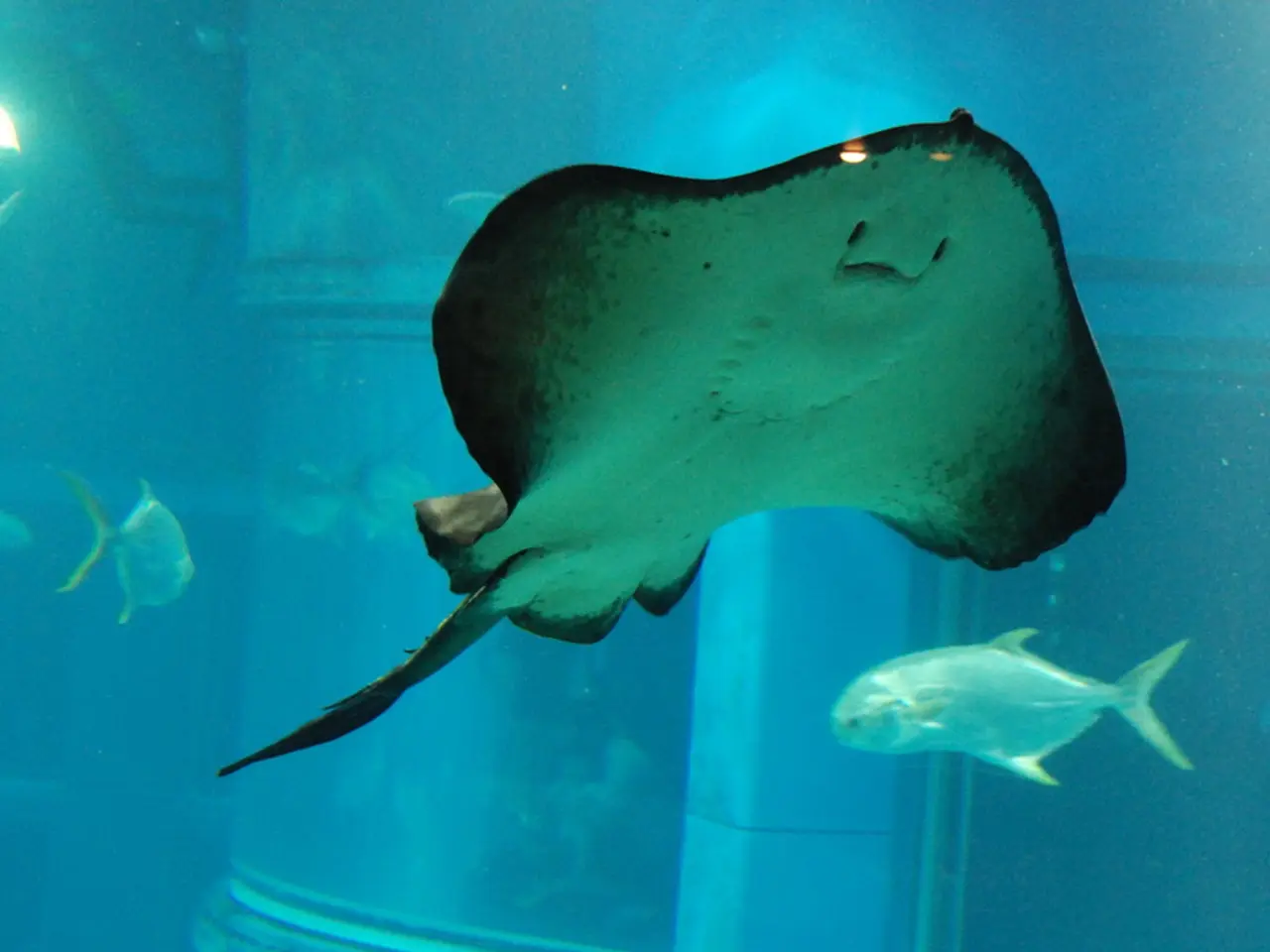Insights Into the World of Molly: A Comprehensive Guide
Caring for Mollies: A Comprehensive Guide
Mollies, beloved for their adaptability and peaceful temperament, are a popular choice among aquarists. These colourful fish, belonging to the Poecilia family, can thrive in both freshwater and brackish environments. Here's a guide to providing the best care for your Molly fish.
Tank Setup
A tropical freshwater aquarium is the ideal habitat for Mollies. A tank size of at least 10 gallons is recommended, with about 2 gallons per inch of adult fish since Mollies can grow to 4-5 inches. The water temperature should be kept between 72–84°F (23–28°C) using an aquarium heater.
Mollies prefer a tank with a sand or gravel substrate and plenty of live plants such as Anubias and Java fern placed around the perimeter to allow clear swimming space. Rocks, caves, and driftwood provide additional shelter and promote algae growth, which Mollies nibble on. Lighting should mimic natural day cycles with around 8-12 hours of standard daylight to support plant health. Strong filtration is important because Mollies create significant waste, so a powerful filter with good biomedia plus optional sponge filters is advised.
Diet
Mollies are omnivores and benefit from a varied diet including high-quality flake or pellet food designed for tropical fish, supplemented by live or frozen foods like brine shrimp and daphnia. They also graze on algae and plants in the tank, which contributes to their nutrition.
Compatibility
Mollies are generally peaceful and can be kept with other community fish of similar size and temperament like platies, guppies, and moderately sized fish including angelfish. While angelfish may pose some risk to smaller or weaker Mollies due to territorial behavior or predation attempts, a sufficiently large tank with many hiding places can help reduce aggression. Mollies are good swimmers and typically hold their own when tank conditions are well-maintained. Ensuring proper tank size and plenty of cover is key for peaceful coexistence.
Special Considerations
Mollies prefer a pH level of 7.5 to 8.5 and moderately hard to hard water. Regular 25% water changes are necessary to maintain water quality. For those interested in raising Molly fry, providing plants or breeding boxes can offer shelter. Mollies can live in both freshwater and brackish water, and a small amount of aquarium salt can mimic their natural brackish habitat.
The Intan Herbivore Wafers, made from high-quality leafy greens and vegetables like spinach, peas, and spirulina, support digestion, immunity, and vibrant colouration in fish. The Intan Breeder & Grower Feeds are suitable for nourishing Molly fry from transition to juvenile or semi-adult stages.
Mollies are known for their curiosity and often come up to the glass to greet their owners. These fascinating fish are not only easy to care for but also make great companions in an aquarium. With proper care, Mollies can live anywhere from 3 to 5 years.
[1] AquariumSource.com [2] Petco.com [3] FishKeepers.com [4] IntanPet.com [5] AquariumWiki.com
In the comprehensive guide for Mollies, it's recommended to supplement their diet with premium fish feed like Intan Breeder & Grower Feeds to nourish the fry from transition to juvenile or semi-adult stages. Home-and-garden enthusiasts with an interest in pets might consider the Intan Herbivore Wafers, crafted from high-quality leafy greens and vegetables, to support digestion, immunity, and vibrant coloration in their fish.




